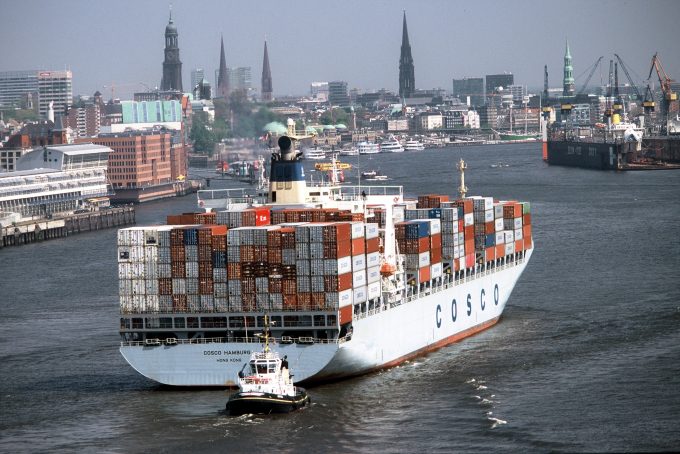MSC helps create 'a new trade norm' by accepting electronic bills of lading
MSC today started to accept electronic bills of lading (eB/Ls) submitted via Wave’s blockchain platform. Wave ...

Hundreds of days a year of wasted shipping time caused by berthing delays could be eliminated with a new universal just-in-time (JIT) port call system.
Shipping’s digital standards body, the Digital Container Shipping Association (DCSA), today published standard data definitions for the port call process, the ...
CMA CGM South Korean staff strike over bonuses after bumper 2024 profit
MSC switches two more Asia-Europe port calls from congested Antwerp
CMA airline returns two freighters, while ANA takeover of NCA looms
Nightmare for Bangladeshi exporters as congestion and tariffs bite
Tradelanes: Export boom in Indian sub-continent triggers rise in airfreight rates
Carriers introduce surcharges as congestion builds at African ports
Ports and supply chain operators weigh in on funding for CPB
Box ship overcapacity threat from carrier appetite for new tonnage

Comment on this article